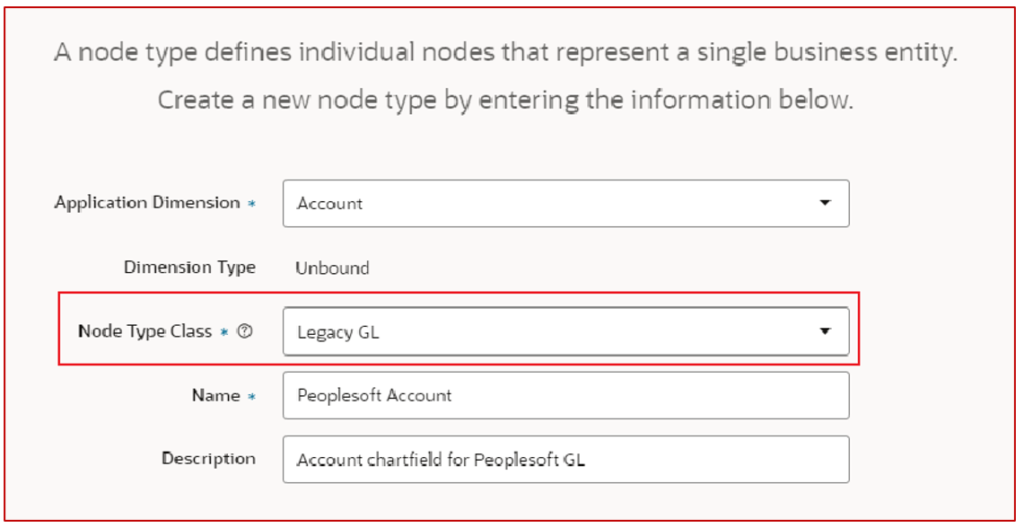Oracle’s list of new features for EDM (Oracle Enterprise Data Management) in the September release are quite long. It seems they’ve really place focus on a few key areas to ensure an improved experience for the business user. Follow below as we take a look at three of the features which we believe are most beneficial to most organizations using EDM.
Validation Warnings vs Errors
Validations in the EDM application have long been a “line in the sand” type of approach. Either the item being requested passes the validation or it doesn’t. And if it doesn’t, then the update being cannot be applied. However, in practice there are plenty of customers who need to instead provide a warning to allow the request to proceed for an initial submission and approval, but enforced before the update is finally committed. EDM now provides the ability to configure whether a validation produces a warning or an error. Warnings allow requests to proceed to the next stage in the workflow, while errors prevent this. The configuration is defined on the validation itself (see below image). It should be noted that this functionality applies only to custom validations.
Approval Policy Visualization
Business users need to have visibility to workflow models defined by approval policies within EDM. The new Policy tab within the Request inspection window in EDM provides users with a visual diagram of all the approval policies for the request once submitted. Additionally, the tab displays the progress of in-flight requests in relation to the stage and policies. This feature will greatly help customers who have complex approval policy models to reduce confusion when trying to understand the approval paths of requests.
Chart of Accounts Redesign Enhanced
EDM has been used extensively to support mappings between all kinds of applications. One common use case is chart of accounts redesigns as part of ERP modernization projects. Oracle is now providing a specific node type (Legacy GL Node Type) for customers to use for mapping the legacy accounts to the new chart of accounts. This node type has a limit on properties that cannot be customized. However, the node type does have flexibility in how it is used. Customers can either create a new application to store the legacy nodes, or create a separate dimension within the registered ERP application in EDM, or even use the node type within the same dimension as the new chart of accounts.
A nice added touch for customers looking to use this new approach is that nodes assigned this new node type do NOT count against subscription record counts for EDM.
The following screen shows the configuration screen for how to utilize the Legacy GL node type.



Thank you for sharing good information.